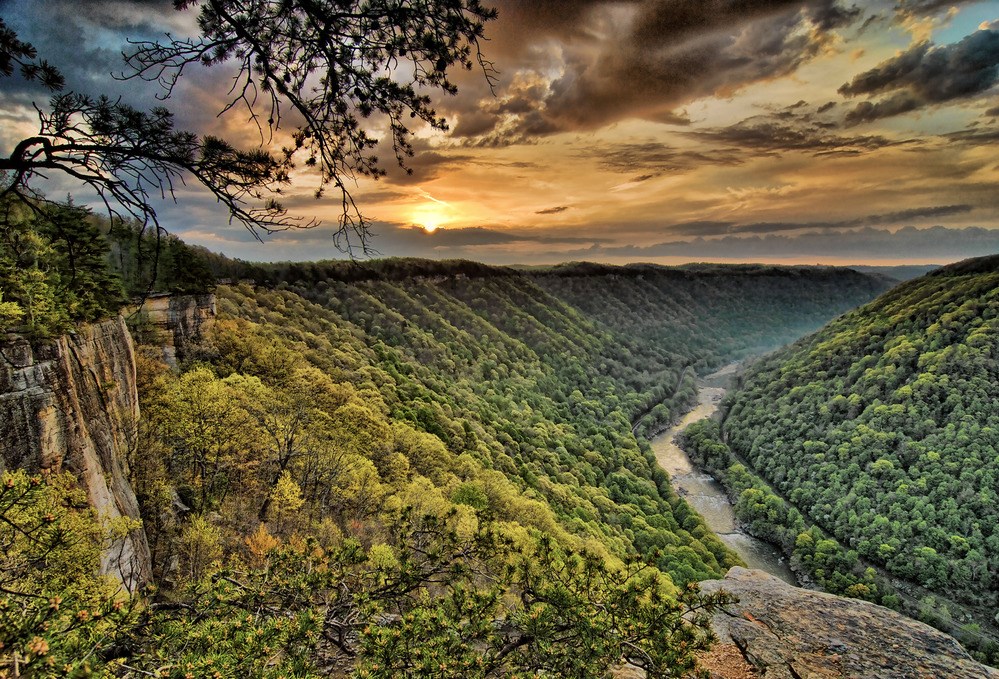Part of a series of articles titled Crystal Clear: A Call to Action.
Article
Crystal Clear: Baseline Groundwater Quality in National Park Units Within the Marcellus and Utica Shale Gas Plays

NPS Photo/Gary Hartley
Background
In November 2009, the NPS produced a primer on shale gas development to make parks aware of how this energy source is produced and prepare managers for this activity in the Northeast Region. This document, titled Development of the Natural Gas Resources in the Marcellus Shale, identified potential water-related concerns including quantity of water withdrawn for hydraulic fracturing (also known as fracking) and water quality impacts from drilling fluids. The report also identifies benefits that can be derived from proper planning that makes use of the ability to drill from areas that may be less sensitive. Given the fact that many of the national parks in the Marcellus and Utica shale play region use groundwater for visitor use and contain springs that provide water for wildlife, the NPS determined it would be beneficial to establish water quality conditions prior to development of this energy resource. Various groups have expressed concern regarding impacts from shale gas development, and studies are ongoing to assess whether there are links between fracking and groundwater or other natural resources. The groundwater baseline study provides an opportunity to improve the understanding of groundwater conditions in the shale gas development zones of the Northeast and helps ensure this resource is not diminished within areas protected for public enjoyment.Status
Groundwater samples were collected from 15 wells and one spring at nine national parks in New York, Pennsylvania, and West Virginia. Samples were analyzed for 53 constituents including nutrients, inorganics, trace elements, chemical oxygen demand, radioactivity, and dissolved gases. Results indicated that the groundwater is of generally good quality and helped improve the understanding of the composition of groundwater in these parks. The results of this study are available in a report produced by the U.S. Geological Survey. This report has already helped inform park managers of water quality conditions for wells that are operated for visitor use and will provide an opportunity to evaluate changes that may occur over time.The report can be found here.
Last updated: November 7, 2018
